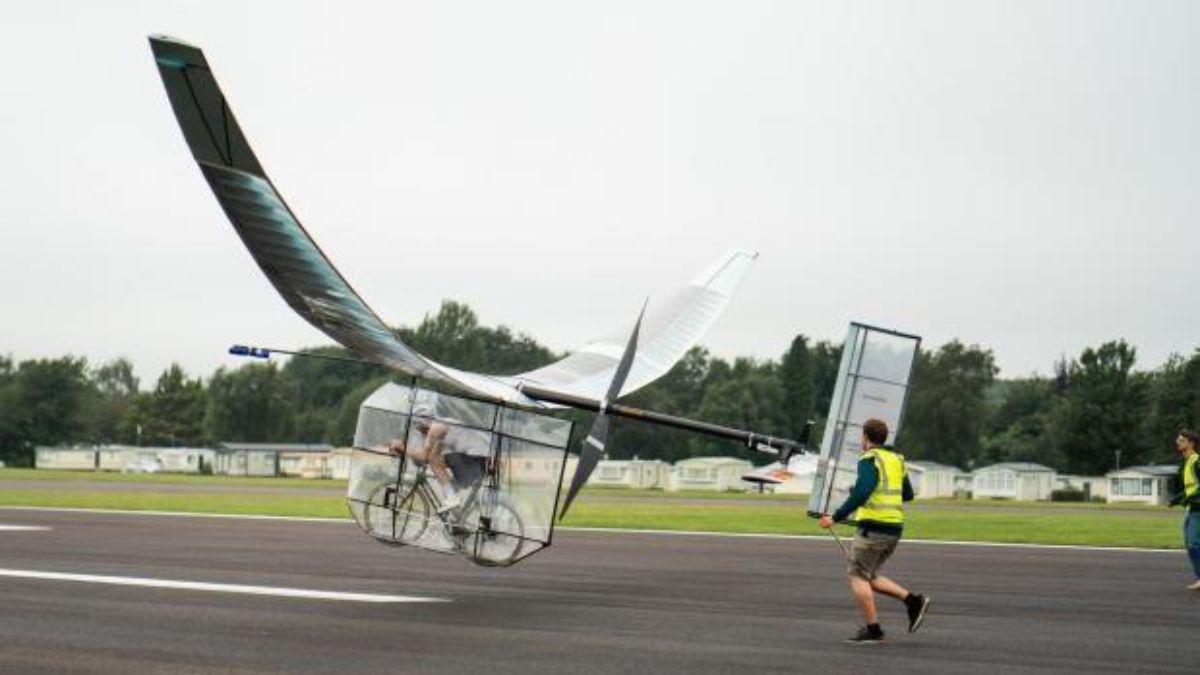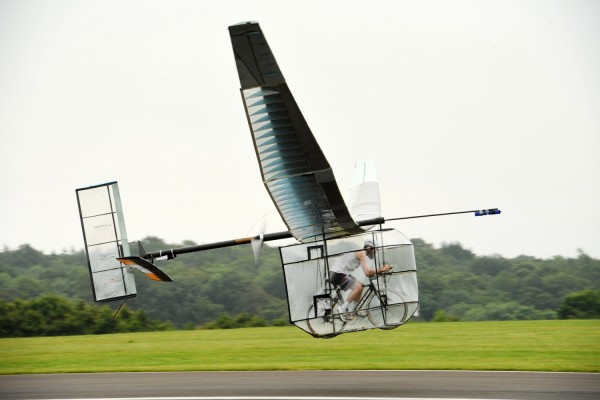
According to , Porsche had made some wacky tweaks ...
news-extra-space

 Image: Southampton University[/caption]
The Formula Flight competition is organized by the Royal Aeronautical Society's Human Powered Flight Group. A sport that combines "extraordinary athleticism" and "near impossible engineering" is human-powered flying.
Because the human body can only exert its maximal power for a limited amount of time, the aircraft used in the sport must have a low cruise speed and be constructed of lightweight materials.
They can only fly in weak winds as a result, which makes taking off and maintaining flight difficult but not impossible.
The human-powered aircraft built by each team must be flown during the competition.
The aircraft must be a new design, powered only by the pilot's body weight, be heavier than air, fly for more than five seconds, and land in acceptable condition. Crash landings are not accepted.
To build their airplane, the Southampton team mostly used balsa wood, carbon fiber, and XPS foam. The COVID-19 pandemic caused some little delays, but they ultimately finished Lazarus and made their first flight in June 2021.
The Lazarus requires a crew to fly, take off, and land, and to provide lateral stability, its wings stretch upward in the air.
The Southampton University Human Powered Aircraft Society (SUHPA), which was created by the students to ensure that work on the HPA project continues even after they graduate from Southampton University, demonstrates how dedicated they are to it.
Image: Southampton University[/caption]
The Formula Flight competition is organized by the Royal Aeronautical Society's Human Powered Flight Group. A sport that combines "extraordinary athleticism" and "near impossible engineering" is human-powered flying.
Because the human body can only exert its maximal power for a limited amount of time, the aircraft used in the sport must have a low cruise speed and be constructed of lightweight materials.
They can only fly in weak winds as a result, which makes taking off and maintaining flight difficult but not impossible.
The human-powered aircraft built by each team must be flown during the competition.
The aircraft must be a new design, powered only by the pilot's body weight, be heavier than air, fly for more than five seconds, and land in acceptable condition. Crash landings are not accepted.
To build their airplane, the Southampton team mostly used balsa wood, carbon fiber, and XPS foam. The COVID-19 pandemic caused some little delays, but they ultimately finished Lazarus and made their first flight in June 2021.
The Lazarus requires a crew to fly, take off, and land, and to provide lateral stability, its wings stretch upward in the air.
The Southampton University Human Powered Aircraft Society (SUHPA), which was created by the students to ensure that work on the HPA project continues even after they graduate from Southampton University, demonstrates how dedicated they are to it.
Leave a Reply






